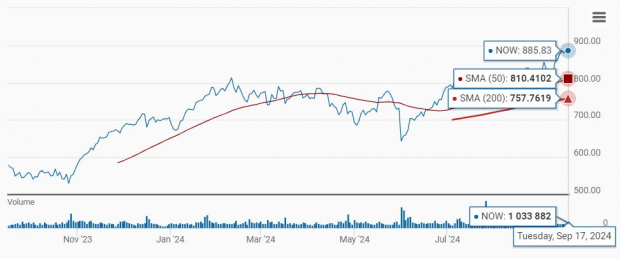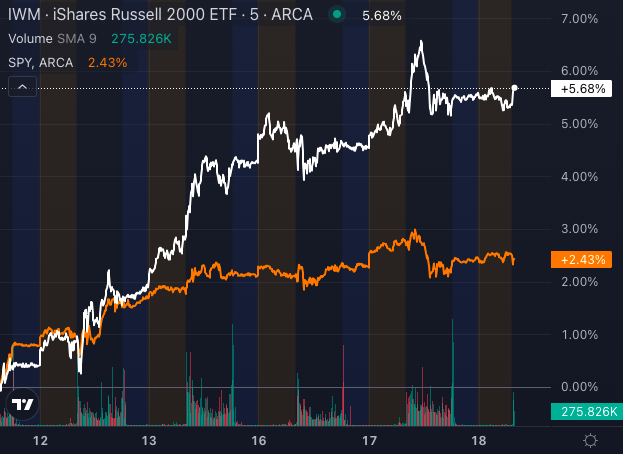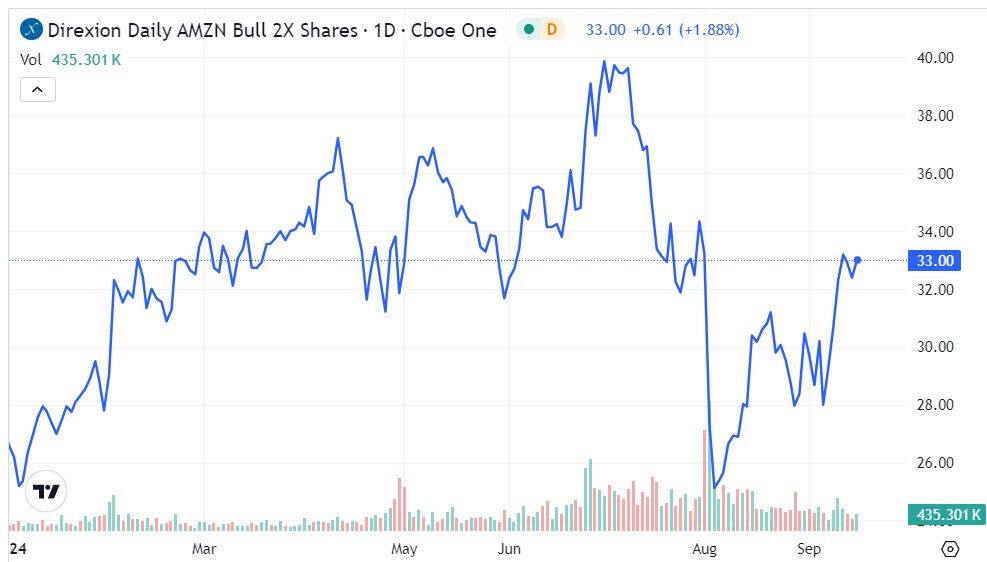Tesla: Beyond the Bumps in the Road
Tesla, the leading force in the electric vehicle (EV) revolution, faced a challenging start in 2024. With a 9% decline in first-quarter revenue to $21.3 billion and lower vehicle deliveries, the company saw a tough period. Tesla’s stock took a hit, down approximately 28% year to date.
Despite these setbacks, Tesla’s visionary founder, Elon Musk, has a lineup of initiatives that could steer the company to greater heights by 2030.
One key focus is Tesla’s advances in self-driving technology and the creation of a fleet of robotaxis. Musk’s plan to introduce robotaxis later this year could revolutionize the mobility industry. By eliminating driver costs, Tesla could become a significant player in the ride-sharing market, potentially rivaling industry giants like Uber and Lyft. Musk’s vision for leveraging idle fleet vehicles for AI processing further expands revenue possibilities.
Moreover, Tesla’s energy storage business is thriving, with utility-grade megapack batteries powering some of the world’s largest energy storage projects. Musk anticipates substantial growth in this sector, projecting a 75% increase in 2024 with momentum carrying the business forward.
During Tesla’s recent conference call, Musk also hinted at the possibility of its Optimus robot venture becoming a key revenue stream. He envisions humanoid robots actively assisting in Tesla factories by year-end and potentially hitting the market by late next year.
With a multitude of growth initiatives in play, Tesla stands strong as a top contender for leading EV stocks through 2030.
Rivian: Navigating a Rocky Road
Rivian Automotive, another prominent EV player, faced a tumultuous year in 2024, witnessing a more than 50% decline in its stock value. Despite this, Rivian demonstrated substantial revenue growth in the first quarter, with a remarkable 82% surge to $1.2 billion and a 71% increase in vehicle deliveries to 13,588.
However, the heart of Rivian’s challenge lies in selling vehicles below production costs, reflected in a negative gross margin per vehicle of $38,784 and negative free cash flow of $1.5 billion. To combat this, Rivian is diligently working on cost reduction strategies, including vehicle design optimizations, supply chain efficiencies, and manufacturing technology enhancements to achieve a positive gross margin by Q4.
Rivian’s outlook is buoyed by its significant partnership with Amazon, the company’s largest shareholder with a stake exceeding 16%. The e-commerce giant contracted Rivian to supply 100,000 electric vans by 2040, although delayed deliveries have been attributed to infrastructure constraints.
With Amazon ramping up EV charging station installations at its warehouses, Rivian is poised for an uptick in order fulfillment. Despite existing challenges, Rivian’s strategic positioning sets the stage for it to emerge as a top performer among EV stocks by 2030.
In Closing: Steering into the Future
Both Tesla and Rivian, with their unique market positions and ambitious growth strategies, are primed to navigate the evolving EV landscape and emerge as top contenders in the industry’s race towards 2030.




